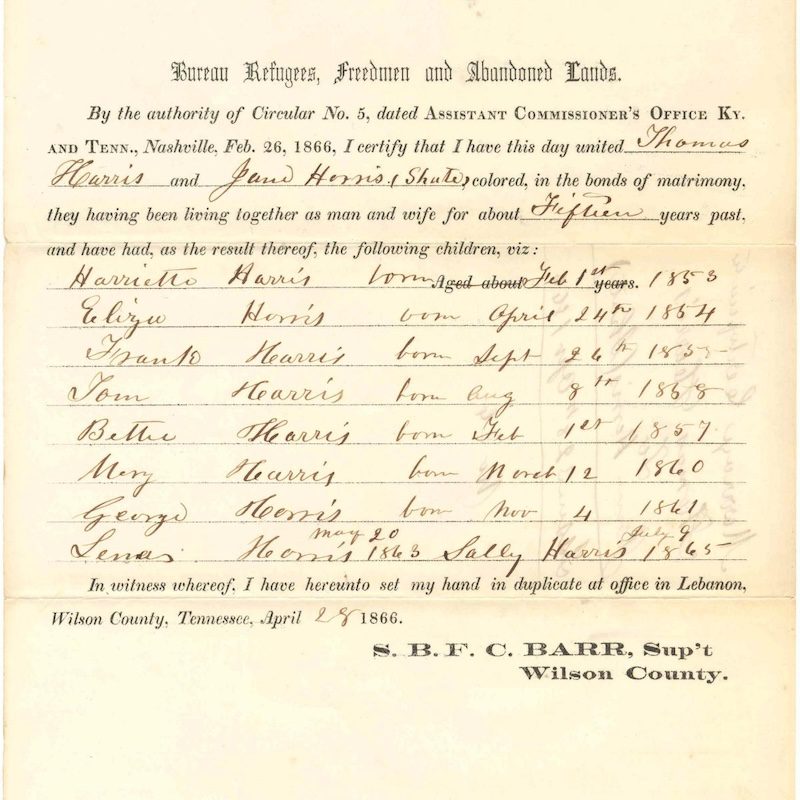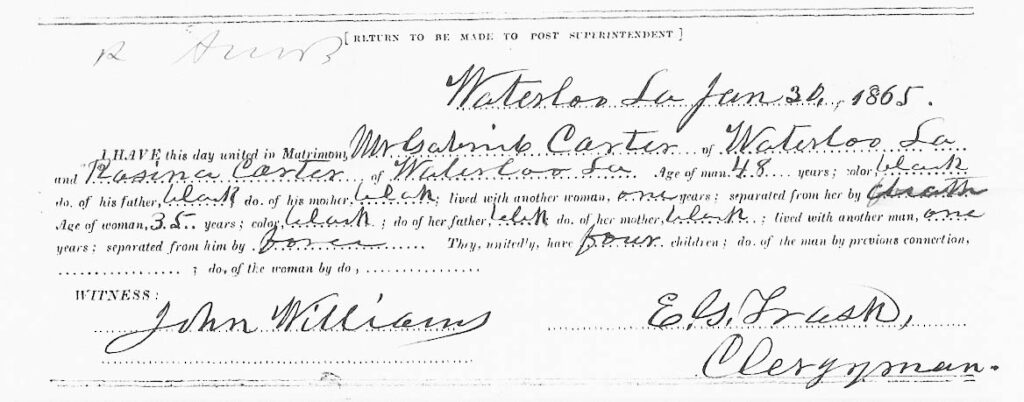
WWII

Civil War

Iraq War

Vietnam War
Military Pension Records
With emphasis on African American veterans & USCT (Civil War)
The Pension Acts of 1862 and Subsequent Years
Acts of 1862 and 1872 – Initially, most pension claims were granted based on injuries or disabilities that were directly connected to military service. These acts primarily supported veterans who had suffered wounds, disease, or other impairments incurred during their time of duty.
Pensions Based on Age – It wasn’t until the Act of 1890 that pensions became available to veterans based on age and general service, even if they had no service-related injuries. This shift marked a broadening of eligibility. Later, the Act of 1907 further refined age-based pensions, tying benefits to both the veteran’s age and length of military service, regardless of disability.
- ➡️ Beginning in the 1890s, veterans became eligible for pensions based solely on age, regardless of disability.
- ➡️ Medical examinations and proof of service-related injury were no longer required.
- ➡️ Most applicants were aged 50 and older, at a time when the average life expectancy ranged between 48 and 50 years.
On Average Payments with Increases
- ➡️ 1862 - $8.00/month
- ➡️ 1866 - $20.00/month
- ➡️ 1872 - $24.00/month
- ➡️ Loss of finger additional $2.00/month
- ➡️ Loss of a eye of thumb additional $4.00/month
- ➡️ Loss of two limbs or both eyes additional $25.00/month
How to find the pension file
- ➡️ Identify the soldier and unit (for USCT: regiment and company).
- ➡️ Search the federal indexes: T288 (name-based) and T289 (organization by unit/state). Both lead to the same file.
- ➡️ Record ALL claim numbers. The latest Certificate or C/XC number governs filing.
- ➡️ Determine storage: NARA–Washington, DC (Civil War–Philippine); NARA–St. Louis for many XC/VA-numbered files.
- ➡️ Check related records: Pension Payment Cards (M850); Navy widows’ series; BIRLS Death File.
- ➡️ Disapproved Pension Application of Widows and other Dependents of Civil War and Later Navt Veterans (Navy Widows Originals) 1861-1910
| Application Number Patterns by War and Era | |||
| War / Era | Application Number Format | Approx. Filing Years | Notes |
| War of 1812 | 1 to 4 digits (e.g., 1723) | 1815–1870s | Early pensions were sporadic; more activity after laws passed in the 1850s–70s. |
| Mexican-American War (1846–48) | 4–5 digits (e.g., 10567) | 1850s–1880s | Claims often filed long after the war. |
| Civil War (Union) | 5–6 digits (e.g., 75234) | 1860s–1890s | Peak filing in 1870s–1890s; thousands of applications. |
| Civil War (Widows/Children) | 6–7 digits (e.g., 1123456) | 1890s–1920s | Expanded by the Act of 1890, esp. for widows and minor dependents. |
| Spanish-American War (1898) | 6–7 digits (e.g., 1250891) | 1900s–1930s | Smaller number of claims than Civil War; shows up on late cards. |
| Philippine Insurrection | 7 digits (e.g., 1700453) | 1905–1930s | May appear with Civil War vets who served again. |
| Indian Wars / Peace-Time Service | Variable; often filed later | 1890s–1920s | Use unit info and laws cited to confirm. |
| World War I (in rare cases) | 7+ digits | 1917–1934 | Only applies if a veteran had older service (e.g., long-serving army personnel). |
| Types of Military Pension Applications for Dependents | |||
| Relationship | Type | Details / Criteria | Key Record Groups / Series |
| Widow | Widow’s Original Application | Filed upon the veteran's death. Required proof of marriage, death of the soldier, and sometimes cohabitation/testimonies. | T288, T289, M850, M1785 |
| Remarried Widow’s Application | Widow reapplied after remarriage if the second husband died or they divorced; allowed under certain laws. | M850, M1785 | |
| Widow’s Reissue Application | Used when a widow resumed her pension due to a law change or remarriage dissolution. | Found in pension files (RG 15) | |
| Child (minor) | Minor Child’s Application | Filed if the soldier died with children under 16. Required birth records, often included guardianship info. | RG 15, T288, T289 |
| Orphaned Children | If both parents were deceased, pensions were granted to appointed guardians for minor children. | Same as above, often noted on cards | |
| Dependent Parent(s) | Father’s or Mother’s Application | Filed when a veteran died and the parent could show financial dependence on the soldier. Often included correspondence, affidavits, and income info. | RG 15, occasionally indexed in T288 |
| Combined Parents’ Application | Sometimes filed jointly by both parents, or reissued from father to mother after his death. | Full file required for clarity | |
| Siblings | Dependent Sibling Application | Rare, but possible if the soldier had no spouse, children, or surviving parents and could prove they supported a sibling. Must show dependency. | RG 15 (often hidden in full file; not indexed separately) |
| Half-Siblings, Step-Siblings | Occasionally filed, but required strong dependency documentation and were frequently rejected or contested. | ||
| Application -vs- Certificate Numbers | |||
| Aspect | Application Number | Certificate Number | |
| Definition | Assigned when a pension application was submitted to the government. | Assigned when a pension was approved and granted. | |
| Purpose | Serves as a tracking number for the initial claim, regardless of outcome. | Indicates successful approval of benefits. | |
| Issued By | Federal government, upon receipt of a claim. | Federal government, upon granting of a pension. | |
| Format | Sequential; can range from 4 to 7 digits. | Also sequential; numbering system separate from application numbers. | |
| Overlap | Yes — an App. #123456 and Cert. #123456 are unrelated and point to different individuals or cases. | Yes, same as above. | |
| Location Found | Appears on index cards (T288, T289, and others), full pension files, and sometimes on headstones or memorials. | Same as above, particularly if the pension was approved. | |
Who could file a claim?

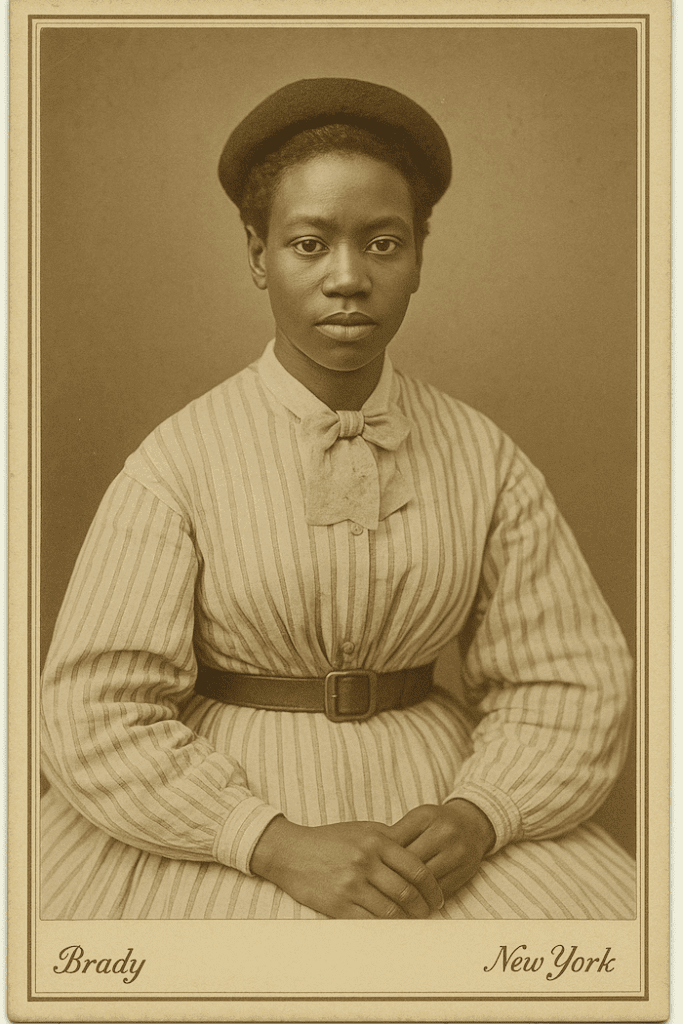
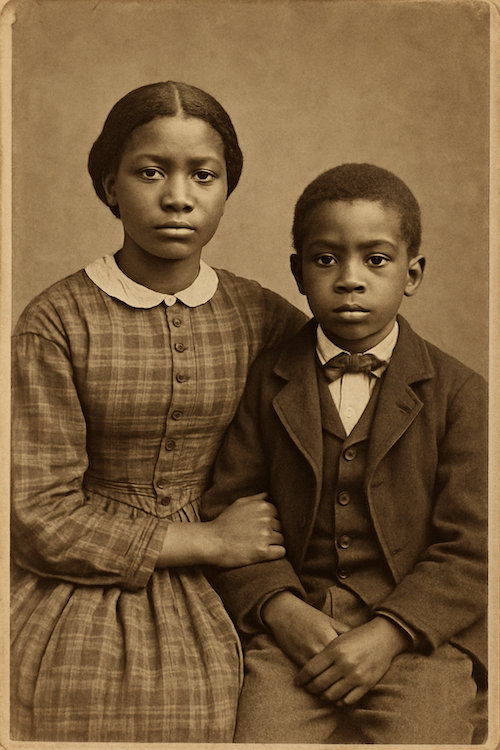
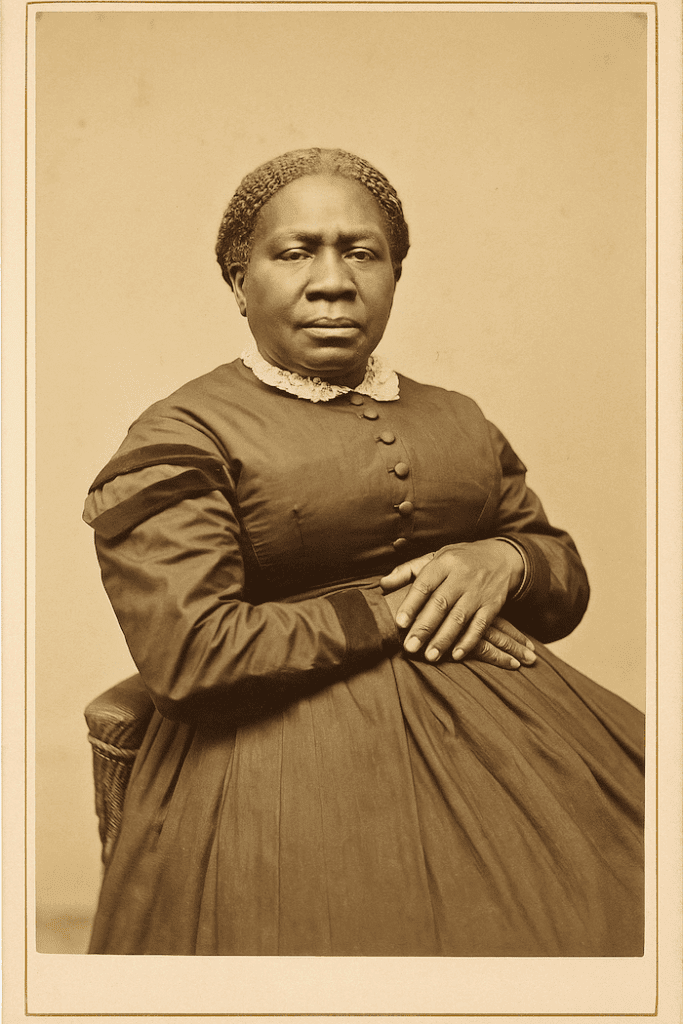
Military pension laws evolved across the 19th and early 20th centuries, gradually expanding access from service-connected disability cases to broader age-based and general-service pensions. For U.S. Colored Troops (USCT) veterans and their families, eligibility depended on the relationship to the soldier and on legal requirements at the time of filing.
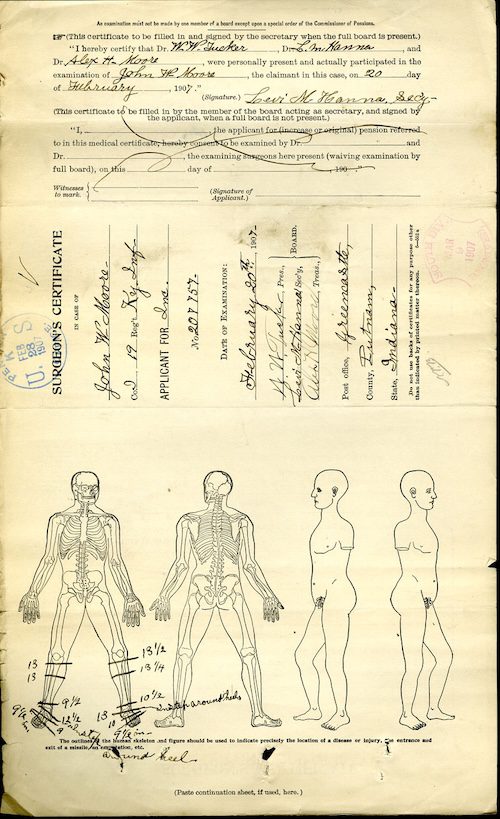
Veterans (Soldiers)
- ➡️ Initial Eligibility (1862): Pensions were first limited to disabilities directly connected to military service.
- ➡️ Expanded Laws (1890, 1904–1907): Later legislation allowed pensions for age and length of service, even without proof of disability.
- ➡️ Requirements could include:
- ➡️ Service in a qualifying war
- ➡️ Honorable discharge
- ➡️ Proof of identity and military service
- ➡️ Medical evidence linking a disability or disease to wartime service
- ➡️ Advanced age (under later laws, if the veteran lived long enough to qualify)
Widows
- ➡️ Widows of veterans could apply for pensions if they met the requirements at the time of application.
- ➡️ Key Factors:
- ➡️ Must not have remarried when applying (remarriage usually ended eligibility).
- ➡️ Under the Act of March 3, 1901, widows who remarried could reclaim their husband’s pension if their second marriage ended by death or divorce, or if they were left without adequate means of support.
- ➡️ Proof of marriage was required, usually through certificates or sworn testimony.
- ➡️ By the 1890s, some widows also faced a means test: ownership of substantial property could disqualify them from receiving benefits.
Children
- ➡️ Minor children under the age of 16 could receive pensions through a legal guardian.
- ➡️ Requirements included:
- ➡️ Documentation of the parents’ marriage
- ➡️ Proof of the child’s birth and parentage
- ➡️ Benefits ended once the child reached 16.
- ➡️ These records are especially valuable for genealogists, as they often contain the only surviving evidence of children born during slavery or shortly afterward.
Dependent Parents
- ➡️ Mothers or fathers of deceased soldiers could file claims if they were financially dependent on their son.
- ➡️ Documentation typically included:
- ➡️ Proof of age, health, and residence
- ➡️ Testimony from neighbors or the community establishing financial dependence
- ➡️ These files often reveal rich details about family life, household conditions, and local networks.
USCT & formerly enslaved families: special guidance
- ➡️ When no civil marriage record exists due to slavery, pension files accept alternative proofs:
- ➡️ Freedmen’s Bureau marriage/cohabitation registers and state legalization certificates
- ➡️ Church records and Bible pages
- ➡️ Eyewitness affidavits from ministers, midwives, neighbors, and (sometimes) former enslavers/overseers
- ➡️ Use pension evidence to link into Freedmen’s Bureau records, state cohabitation acts, USCT service records, and local vital/probate records.
U.S. Military Pension Files (1776–Present)
A U.S. military pension file contains detailed personal and military information about a veteran and/or their dependents (spouse, children, or parents) who applied for or received a pension due to military service. The content and format of these files vary based on the war, pension legislation, and the government agency managing the records. Below is a comprehensive breakdown of what you might find, organized by era and contents:
- Service affidavits signed decades after the war
- Statements from fellow soldiers or neighbors
- 1832 Act applications (pension based on service, not disability)
- Bounty-land warrants are often attached
- Widow claims under later acts (e.g., 1836)
- Service and discharge details
- Widows’ pension applications (popular post-1871 and 1878 Acts)
- Often combined with bounty land claims
- Guardianship documents for minor children
- Shorter files, mostly affidavits and service records
- Merged into later pension laws like the 1871 Act
- Pensions available after the 1887 Act
- Late applications from elderly veterans
- Service proof, marriage records for widows
- Most detailed and voluminous pension files
- Invalid pensions (due to wounds/disease)
- Widow & dependent applications
- Guardianship for children under 16
- Medical records, surgeon reports
- Rich correspondence, legal conflicts, and alias names
- African American USCT veterans often faced more complex documentation
- Records may include claims from enslaved people seeking proof of service under assumed names
- Similar to Civil War pensions
- Medical exams and widows’ pensions
- Continued under Civil War-era laws
- Handled by the Veterans Bureau, then the VA
- More institutionalized: standardized forms
- Service numbers, hospitalization records
- Less personal correspondence than in earlier wars
- Most detailed and voluminous pension files
- Mostly electronic files now or stored offsite
- Widow & dependent applications
- Includes: Form DD-214 (discharge), VA claims, and medical disability form.Limited access unless through FOIA or next-of-kin. More redacted for privacy if the veteran is deceased less than 62 years ago

